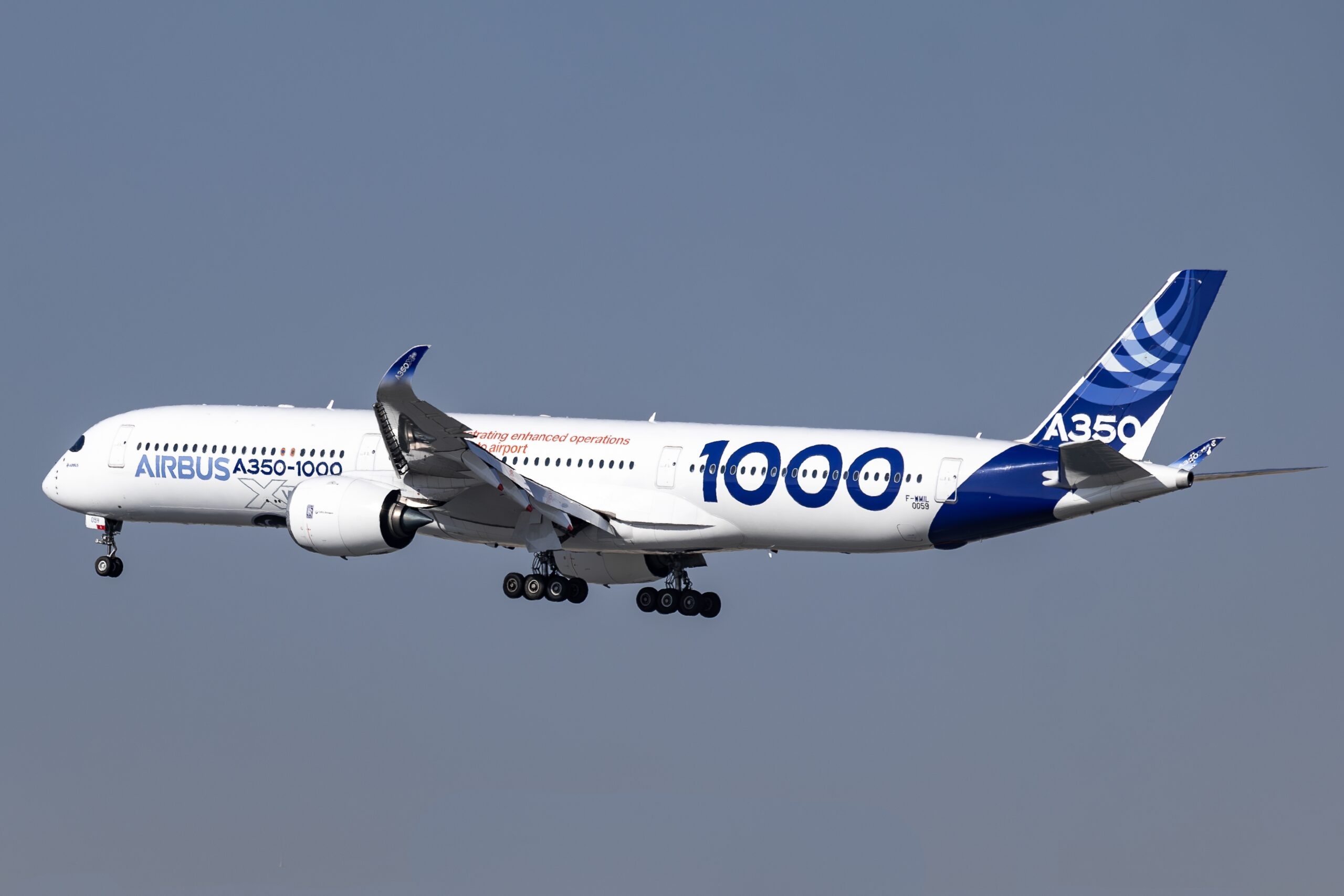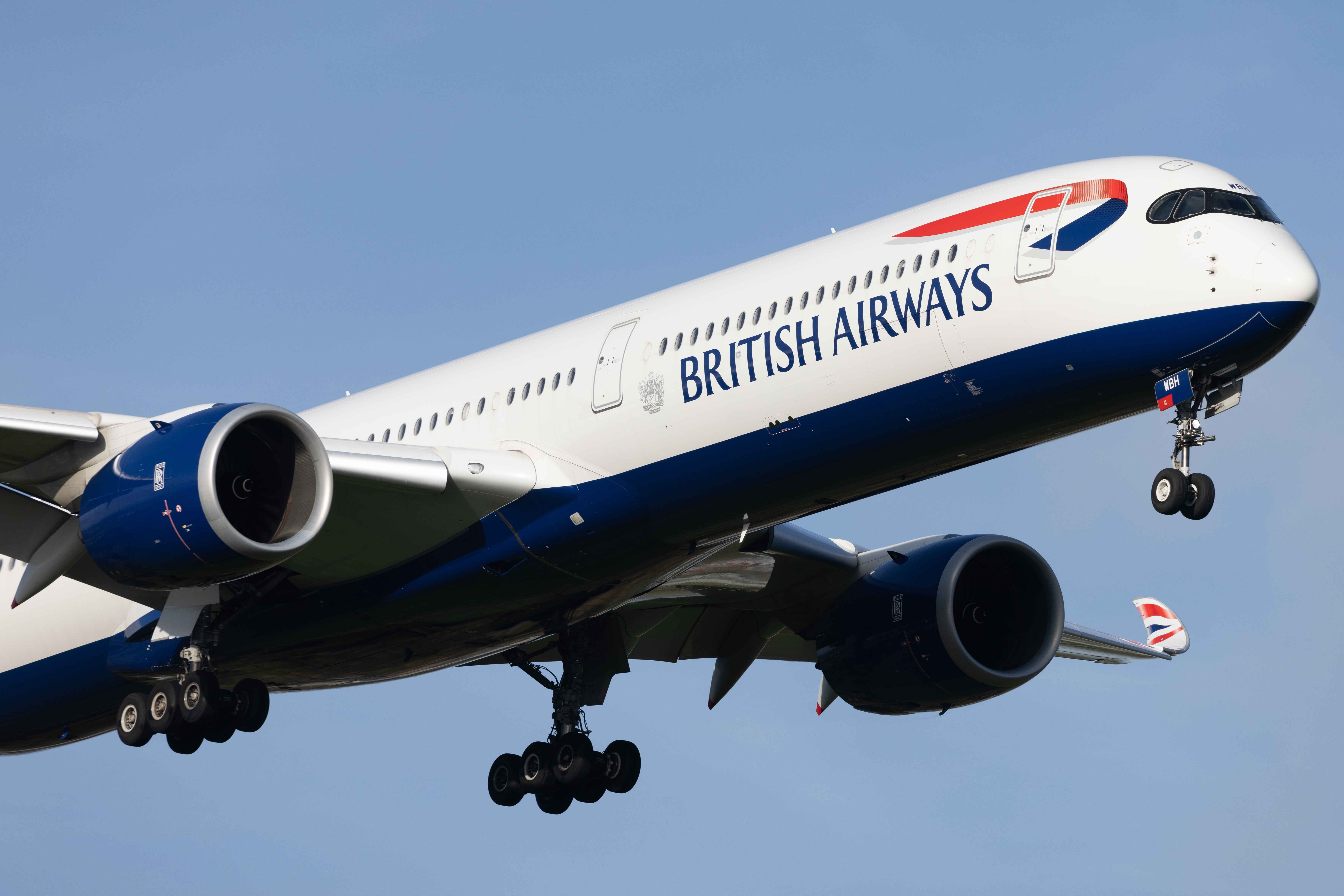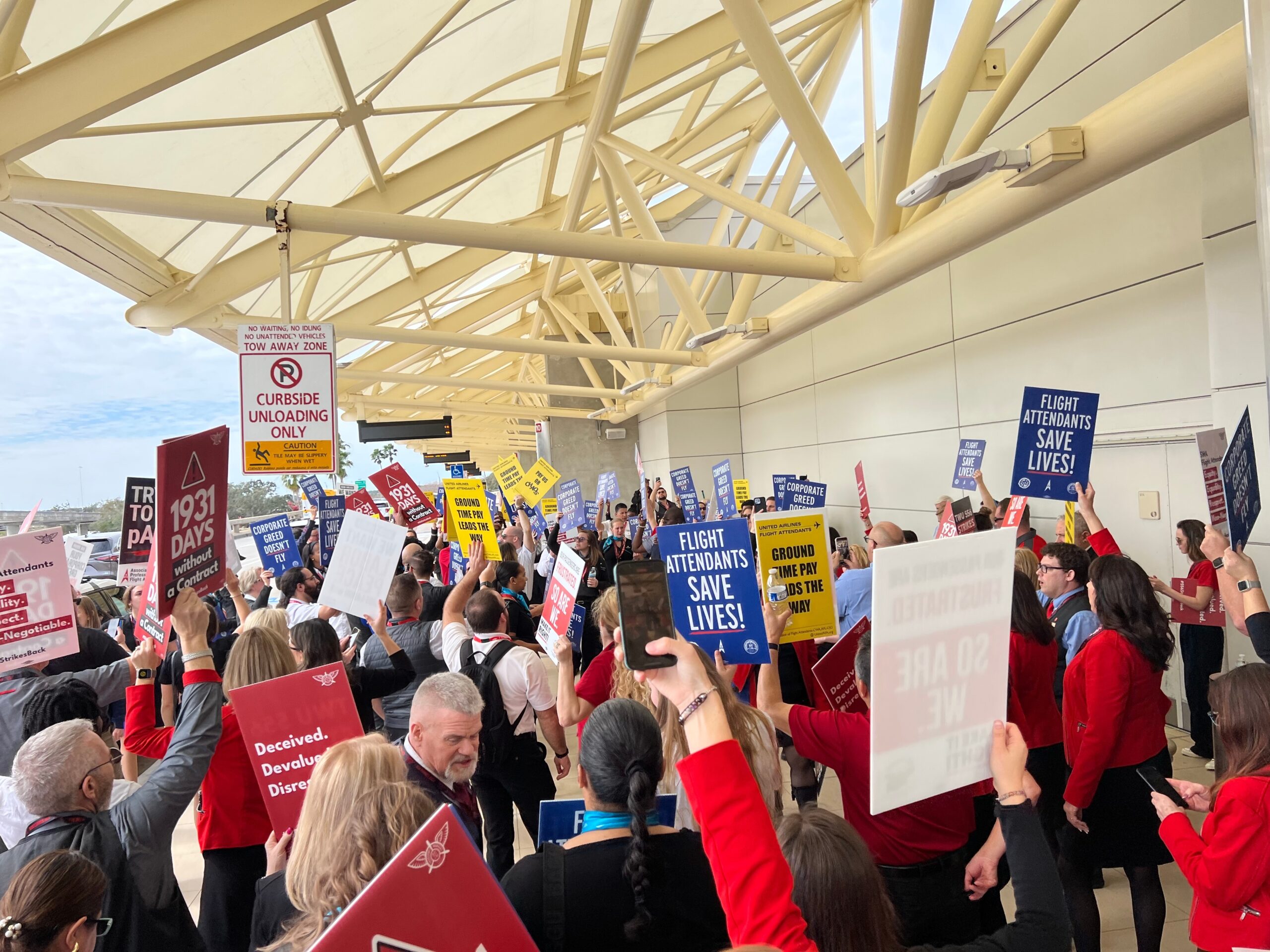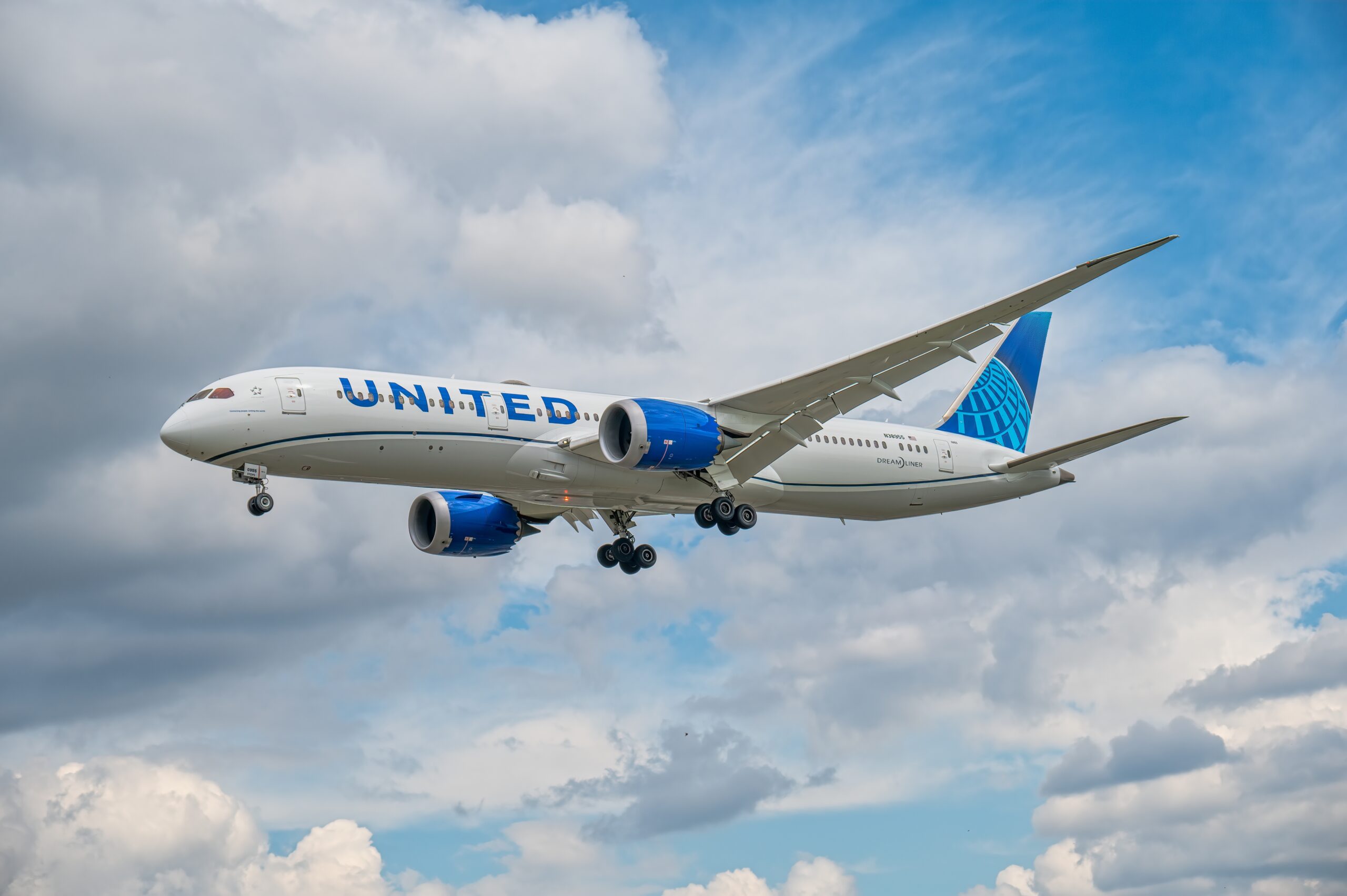SFO: An In-Depth Look
SFO: An In-Depth Look
San Francisco International Airport (SFO) is one of the busiest airports in the United States. Nestled 13 miles south of downtown San Francisco, it has a significant role in air travel, both domestic and international. Understanding its history, operations, amenities, and importance reveals why it’s a central hub in global travel.
History of SFO
SFO began operations in 1927 as Mills Field Municipal Airport. Initially, it was a modest airstrip with limited facilities. Over time, it expanded to accommodate the increasing needs of air travel. Post-World War II saw significant growth. The transformation from a local airfield to a major international airport commenced.
The airport underwent major renovations and expansions in the 1950s and 1960s. Terminal buildings were constructed, runways extended, and advanced systems introduced. Each expansion aimed to handle more passengers and offer better services.
Operational Aspects
SFO is operated by the San Francisco Airports Commission. It handles over 57 million passengers annually. The airport serves as a hub for United Airlines and Alaska Airlines. It features four runways and a total of four passenger terminals. These terminals are interconnected by the AirTrain, an automated people mover system.
International operations at SFO are vast. The airport provides non-stop flights to Europe, Asia, Oceania, and North America. Major international carriers operate from SFO, making it a gateway to various continents. Domestic flights link SFO to major and regional airports across the United States.
Passenger Amenities
SFO offers a range of amenities to enhance passenger experiences. Free Wi-Fi access is available in all terminals. Numerous dining options include fast food, casual dining, and fine dining. Retail stores offer travelers shopping opportunities, from convenience items to luxury goods.
Lounges are available for various airlines and independent operators. These lounges provide a comfortable waiting area with amenities like refreshments, newspapers, and quiet zones. SFO’s services cater to diverse needs, from business travelers to families. Facilities like children’s play areas, business centers, and pet relief areas highlight the airport’s comprehensive service approach.
Art and cultural exhibits are another unique feature. Rotating exhibitions from local museums and artists decorate the airport. This not only beautifies spaces but also offers travelers a taste of San Francisco’s rich cultural scene.
Environmental Initiatives
SFO is recognized for its commitment to sustainability. The airport has implemented various green initiatives. Water and energy conservation programs are significant. SFO operates a Clean Vehicle Policy, emphasizing the usage of electric and low-emission vehicles.
Recycling is a standard practice throughout the airport. Comprehensive waste management systems are in place. Notably, SFO has a target to achieve zero waste by 2021. The airport built a climate-resilient shoreline protection system to handle sea-level rise and extreme weather conditions. Such measures underscore SFO’s proactive approach to environmental stewardship.
Security and Safety
Security at SFO adheres to international standards. The Transportation Security Administration (TSA) oversees screening procedures. Security checkpoints are equipped with advanced technology to detect threats. Passenger and baggage screening processes are thorough, ensuring safety.
SFO has a robust emergency response protocol. The airport’s fire department and medical response team are on standby 24/7. Regular drills and training programs ensure readiness for various scenarios. Coordination with local, state, and federal agencies enhances overall security measures.
Transportation and Accessibility
Getting to and from SFO is convenient. Multiple transportation options include public transit, taxis, rideshares, and airport shuttles. The Bay Area Rapid Transit (BART) provides a direct link from the airport to San Francisco and surrounding areas. The AirTrain system connects all terminals, parking garages, and rental car facilities.
Accessibility for passengers with disabilities is a priority. SFO offers various services to assist, including wheelchair assistance, visual and auditory aids, and accessible restrooms. Parking facilities have designated spaces, and shuttle services are equipped to support passengers with mobility challenges.
Economic Impact
SFO significantly contributes to the local and regional economy. It generates billions in economic activity annually. The airport creates thousands of jobs, both directly and indirectly. Industries such as tourism, hospitality, and logistics thrive due to the airport’s operations.
The airport also supports international trade. Cargo services at SFO handle significant volumes of goods. This facilitates global business connections and trade routes. The presence of major cargo carriers underscores SFO’s importance in the logistics network.
Future Developments
SFO continues to evolve. Various upgrade projects are underway to enhance capacity and passenger experience. Terminal 1, for instance, is undergoing a major renovation. This project aims to modernize facilities and improve passenger flow.
Plans for infrastructure upgrades focus on sustainability. Energy-efficient systems and materials are prioritized in construction. The airport’s master plan includes expansions to accommodate future growth. These developments ensure SFO remains a leading airport in the global aviation landscape.
Technological Advancements
Innovation is a cornerstone of SFO’s operations. The airport utilizes technology to improve efficiency and user experience. Automation in check-in processes, luggage handling, and security screening reduces wait times. Digital information systems provide real-time updates and assistance to passengers.
SFO is also exploring biometrics for passenger identification. Trials with facial recognition technology aim to speed up boarding processes. The airport’s commitment to integrating cutting-edge technology ensures it stays ahead in operational excellence.
Cultural Significance
SFO holds cultural significance beyond its operational role. For many, it’s the first impression of San Francisco and the Bay Area. The airport showcases the region’s diversity and innovation. Art installations and cultural exhibitions reflect the vibrant local arts scene.
SFO’s role in connecting San Francisco to the world is integral. It acts as a bridge, welcoming international visitors and supporting outbound travel for locals. The airport embodies the spirit of exploration and cultural exchange.
Tips for Travelers
- Arrive Early: It’s advisable to arrive at least two hours before domestic flights and three hours for international flights.
- Use Online Check-In: Save time by checking in online and using self-service kiosks.
- Take Advantage of Lounges: Consider purchasing lounge access for a more comfortable waiting experience.
- Stay Informed: Use the official SFO app to keep track of flight updates and airport services.
- Explore Dining Options: SFO boasts a variety of dining choices. Plan to enjoy a meal or a quick bite before your flight.
SFO exemplifies what a modern airport should be. It balances operational efficiency with passenger comfort, all while maintaining an eye on future developments and sustainability. It remains a vital gateway, playing a crucial role in global air travel.






